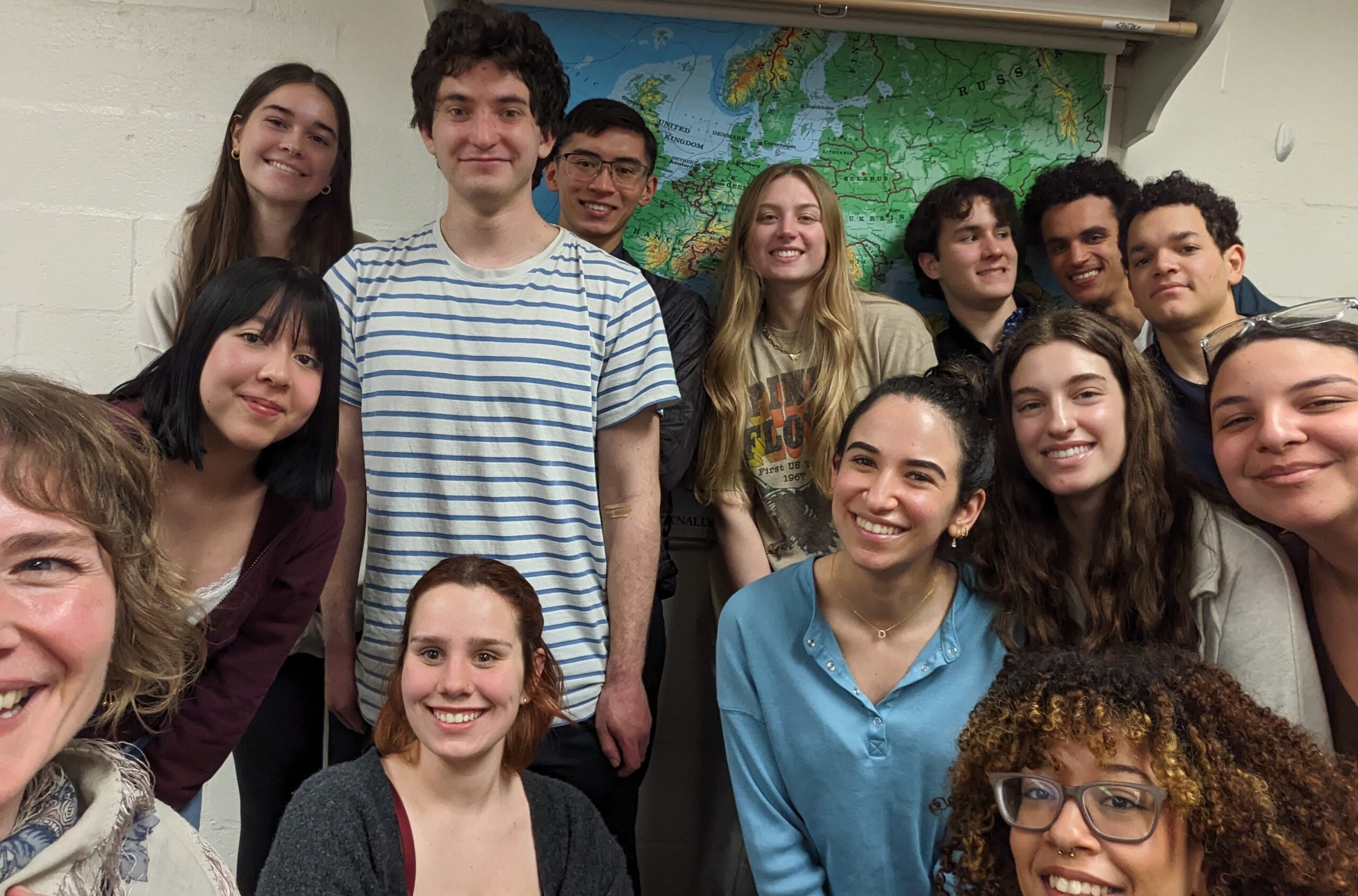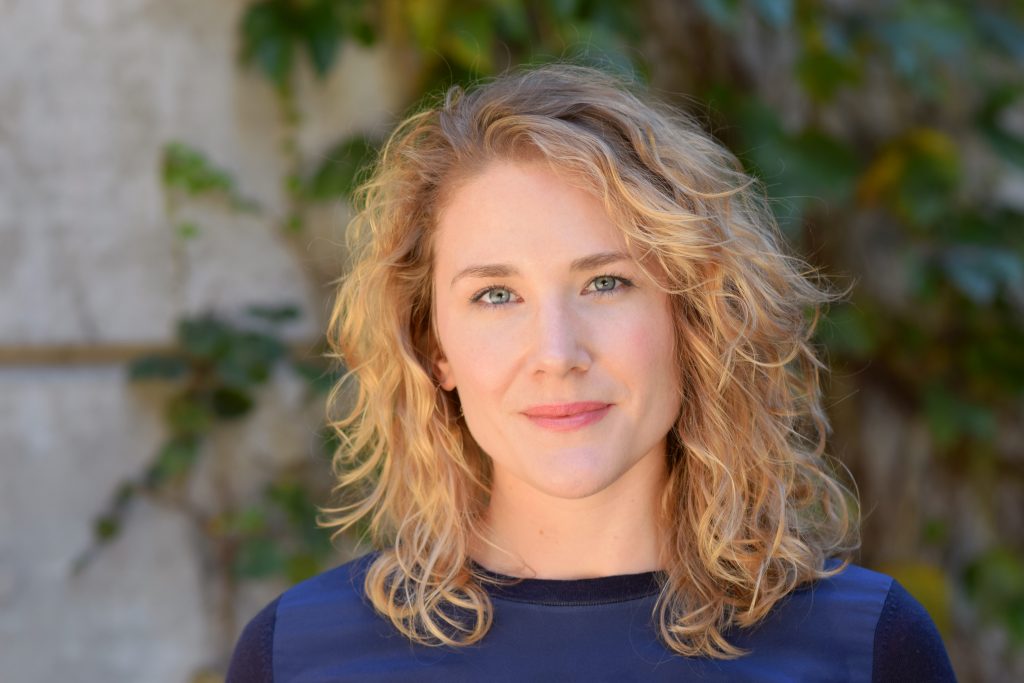An Untapped Opportunity for DC’s Media: Connecting the gaps in the climate conversation

Years of heavy industry pollution mean DC’s rivers aren’t safe for fishing or swimming. Many local media articles carry updates on the health of the water, but, as a study of local media my class carried out indicates, journalists may not be linking stories about related topics like river pollution, trash pickup, and more, to climate change. These “story gaps” are an opportunity: Filling them may help new groups of people to connect climate change to their everyday lives and get greater access to important decisions about the city’s future.
In my new class, Global Climate Change, Local Stories, students analyzed 74 articles about climate change and related problems like trash collection, evictions, houselessness, and air and water quality in DC. Reading each article, they judged whether it mentioned climate change, which areas and climate impacts it dealt with, what other concerns it mentioned, and who was quoted. We wanted to find out the answers to questions such as which places in DC are most likely to be featured and whose expertise reporters seek.
“Although the articles I covered didn’t necessarily mention climate change, it is written between the lines,” said Ava Bengtson, an undergrad in the School of International Studies. She and many of her colleagues saw this as an opportunity for local media to help people to connect the things they care about with the climate crisis. What if, for example, stories that covered river pollution with chemicals and microplastics by regularly connecting them with the climate crisis, rather than treating them as separate? Right now, we found that although there were many high-quality articles about climate change in DC, a sizeable proportion that discussed problems like water pollution, evictions, and other related topics did not mention climate change at all.
Most media coverage has historically focused on climate change’s worst effects and tends to portray it as though climate knowledge is the realm of experts. As a result, more people than ever feel worried about climate change, but feel disengaged and hopeless. With this in mind, I created the class, Global Climate Change, Local Stories. I wanted students who took it to see climate change in our everyday lives, to talk to their friends and relatives about it, and to understand how communities on the frontlines are talking about the climate crisis and imagining new responses to a climate-changed future.
The fact that climate change doesn’t feel real to many of us is also an environmental justice problem. Research shows that many people on the front lines of climate change in DC are deeply concerned about related problems like houselessness, food deserts, extreme heat, and poor air quality, but do not necessarily connect them to the climate crisis because it feels so elitist and disconnected from everyday life. This may exclude them from important policy conversations about climate change, and it has inspired my collaboration with professors from the School of Communication and the School of International studies we call “The Climate Story Gaps Project”, which is funded with a seed grant from the Center for Environment, Community, and Equity.
We know that media can shape the stories we tell about the climate crisis, and adding information about how key problems facing communities connect to global climate instability can help people to see new pathways for engaging with it. In the coming months, we hope to create a more complex and complete climate story for DC. My collaborator Professor Malini Ranganathan will, with her class, conduct interviews with key local figures to understand which climate stories are untold or underreported; Fellows at AU’s Investigative Reporting Workshop will use these beginnings to write in-depth stories charting the connections between DC’s concerns and the climate crisis; and together with Professor Aarushi Sahejpal, my class and I will create a map of DC’s climate stories, layering media coverage with other important information such as redlining maps, which show the history of segregation in the city.
Special thanks to Professor Aarushi Sahejpal and Investigative Reporting Workshop fellows Gabe Castro-Root and Madeleine Sherer, who sourced most of the articles analyzed for this study.

